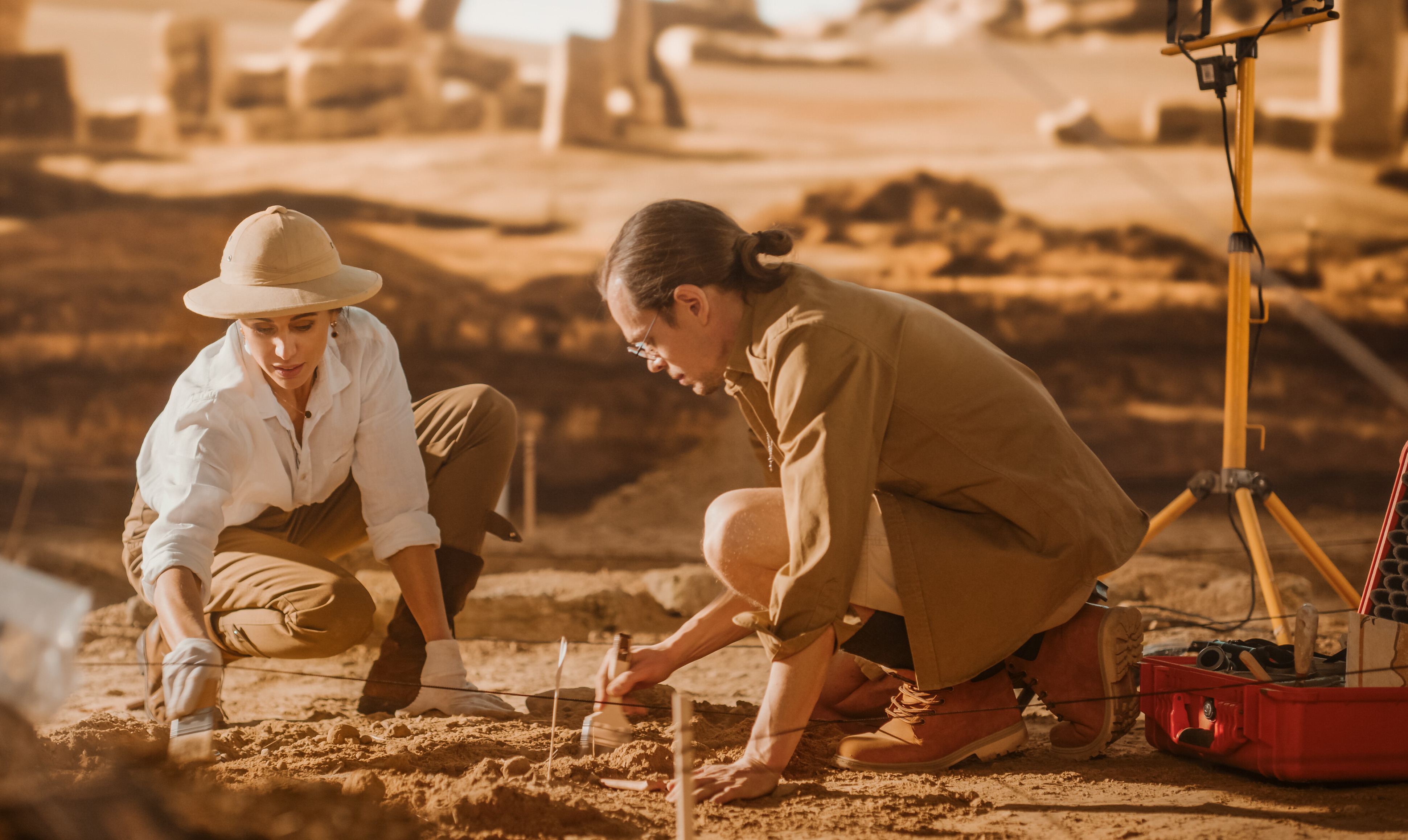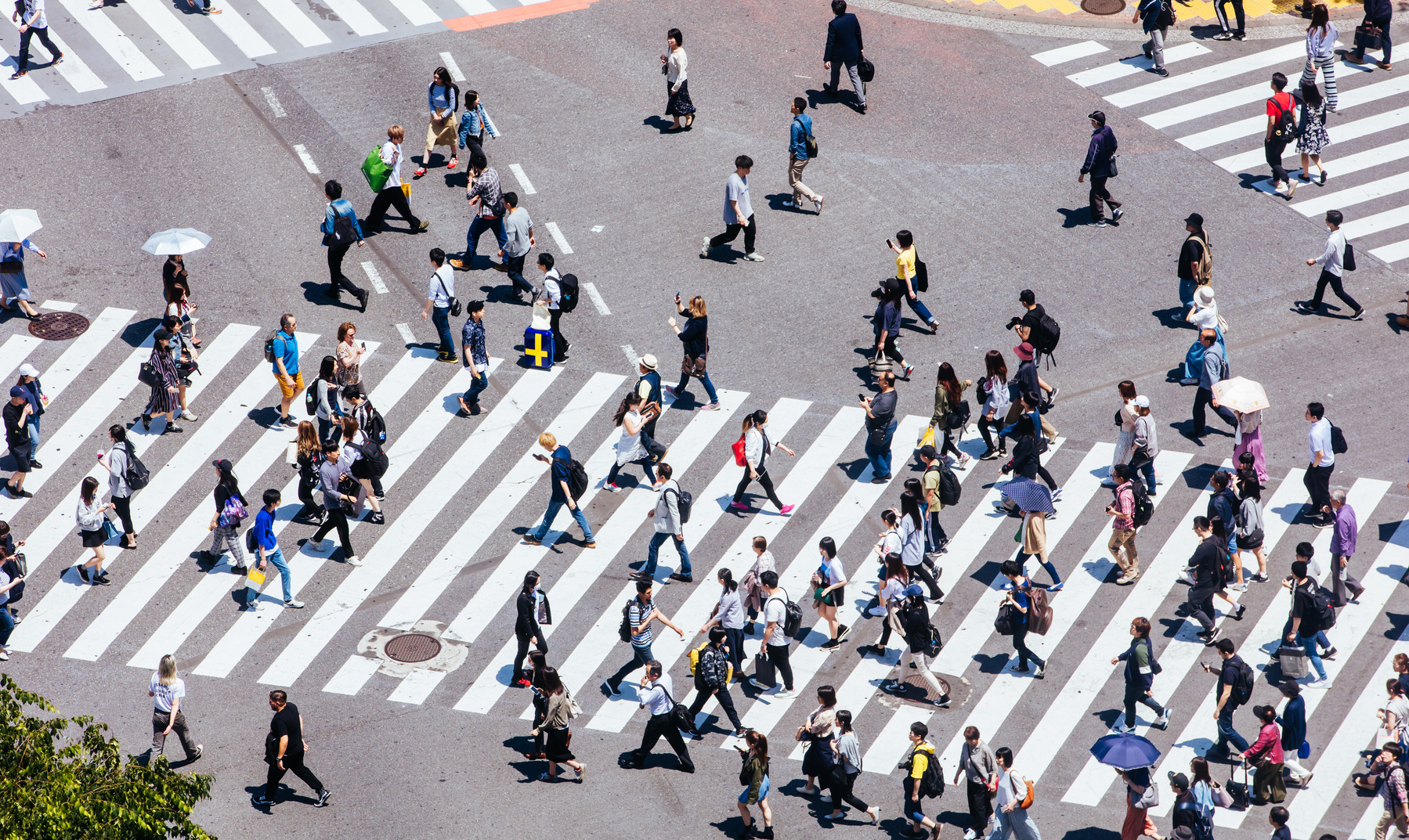And it is precisely life under the seas in the waters of the Maldives that is the focus of the story in the ninth chapter of BG4SDGs - Time to Change, the project curated together with Stefano Guindani to delve into the state of the art of the process of achieving the 17 goals of the UN 2030 Agenda. On this occasion, the photographer's lens focused on investigating the situation related to Sustainable Development Goal (SDG) number 14 "Conserve and sustainably use the oceans, seas and marine resources for sustainable development."
To analyze the situation, the photographer went to explore some corners of the Maldives away from the big organized travel circuits to discover cooperative projects aimed at preserving marine fauna and flora.
In, Dharavandoo, for example, the Manta Trust is an association that works for the conservation of mobulids, a species that is highly threatened by litter in the seas. In Dhigurah, on the other hand, the Whale Shark Research Program protects whale sharks, a native species facing extinction due to changes in Maldivian marine ecosystems.
Intensive beach exploitation, on the other hand, is increasingly reducing space for turtles that do not know where to lay their eggs, but help is coming from the Olive Ridley Project in Dhuni Kholu, which cares for these species before they become endangered.
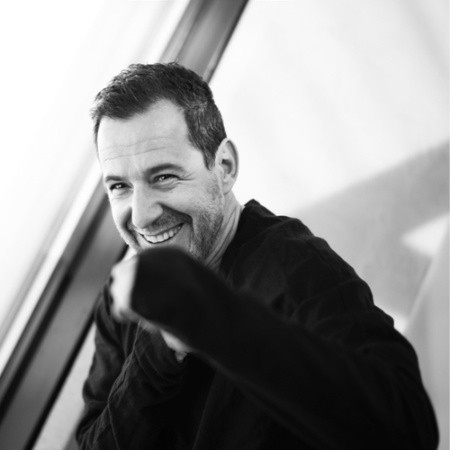 Stefano Guindani, photographer and curator of the project
Stefano Guindani, photographer and curator of the project

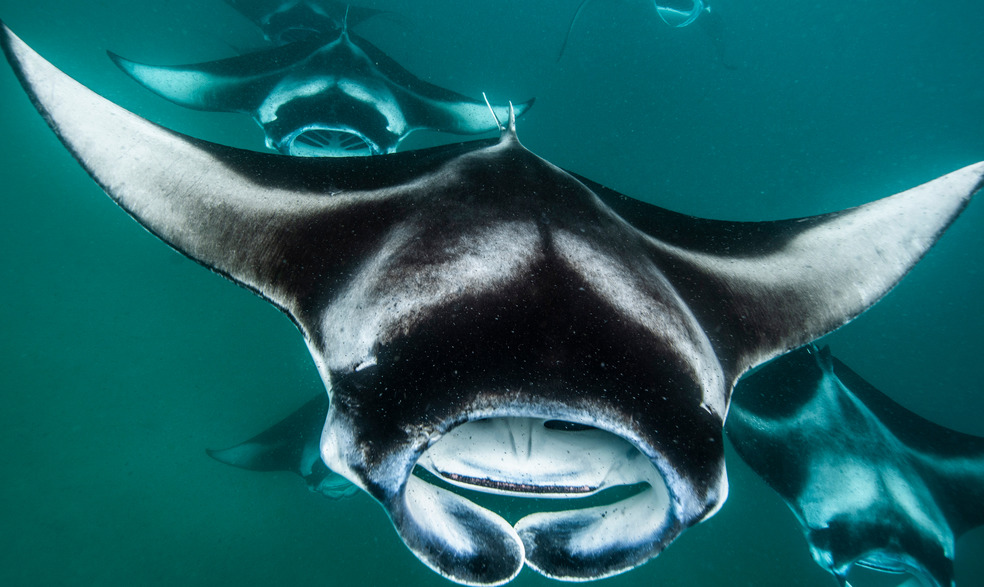
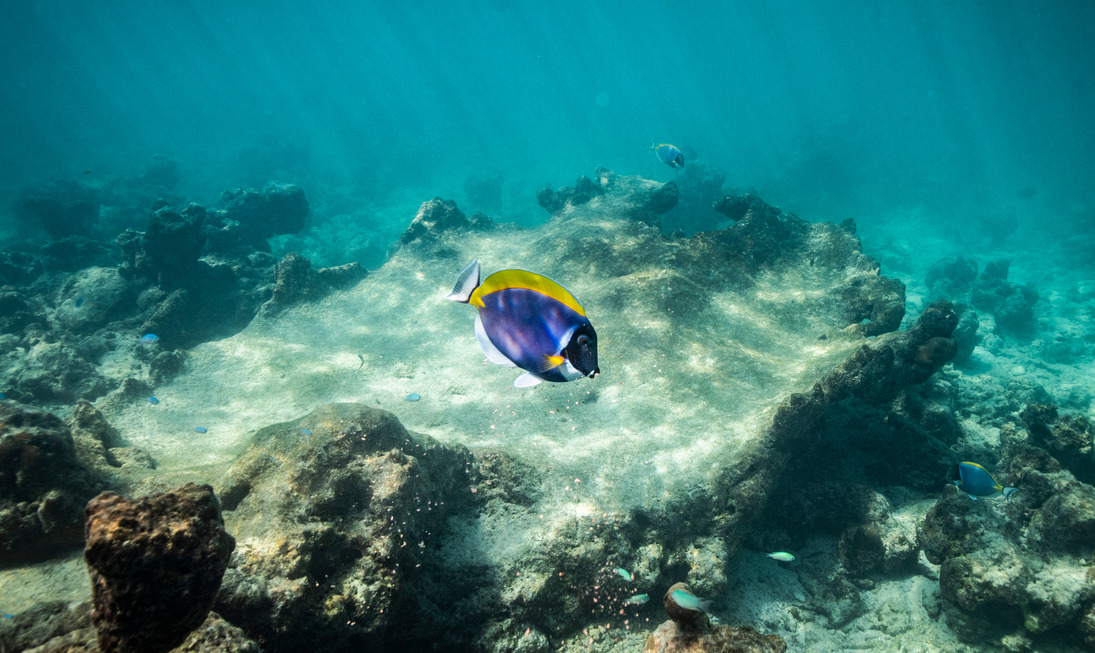
/original/BG4SDGS+Talks+%281%29.png)
